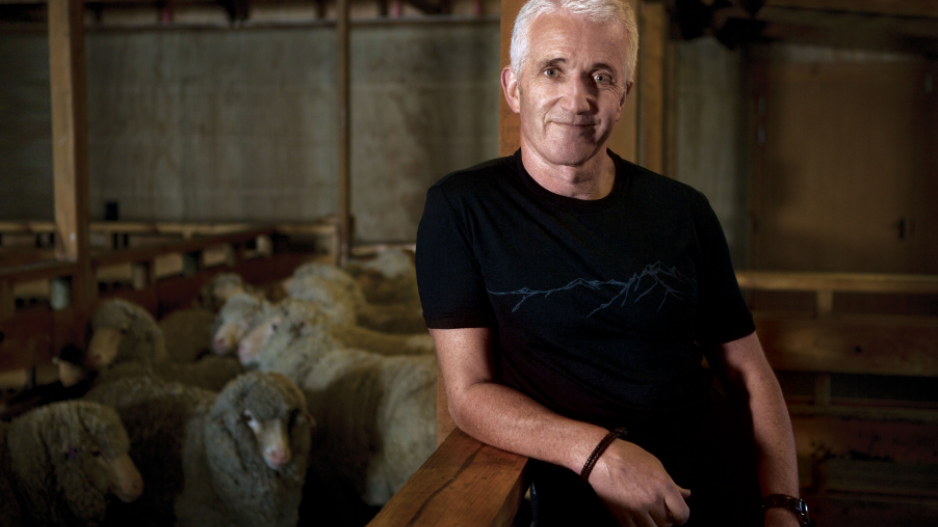Clothing manufacturers are increasingly switching from selling exclusively wholesale and other siloed sales strategies to an “omni-channel” multiple-strategy approach.
Strategies include selling in corporate stores, franchised outlets, online and through third-party retailers.
Icebreaker is the latest example of a wholesaling clothing manufacturer that’s pivoting to focus on opening self-branded stores.
“We expect over the next three years to double our store footprint in Canada,” Icebreaker CEO Rob Fyfe told Business in Vancouver, “and depending on how the market performs, we have the capacity to grow much more quickly.”
His 20-year-old New Zealand company generates about $200 million in annual revenue. Approximately $40 million of that comes from its Canadian operations, which are based in Vancouver.
Most of its revenue comes from wholesale sales, but the company has opened five Canadian stores, including one on West 4th Avenue in Vancouver and one in West Vancouver.
Selling wholesale enabled Icebreaker to rapidly expand sales for its sweaters, shirts and other items to 4,500 stores in 40 countries – all with little, but targeted, capital outlay.
Retail analyst Craig Patterson, who owns Retail Insider Media Ltd., said Louis Vuitton, Prada, Calvin Klein and Burberry are other brands that found initial success through wholesaling and have since focused on self-branded stores.
“Stores can be like billboards,” he said, “and if you get your store in a prominent location, people are going to see it.”
That’s why successful Vancouver-based leather-goods maker and wholesaler Herschel also plans to open retail stores.
But not everyone is sold on the concept of wholesaling to third-party retailers.
Lululemon founder Chip Wilson said he understands the allure of initially selling wholesale but prefers starting with self-branded stores because it’s easier to control the brand.
“It’s great to manufacture and sell wholesale, but it’s much better to go vertical and have your own stores.”
His wife Shannon Wilson and son JJ Wilson are rapidly expanding their Kit and Ace clothing through corporately owned stores and are on pace to have 30 stores by the end of the year.
Lululemon similarly shucked the strategy of selling wholesale and launched corporately owned stores for its fashions before speeding up growth by franchising.
Former Lululemon CEO Christine Day then launched an initiative to buy out franchisees so the company could better control its brand.
“Both corporate and franchise models are healthy ones,” she told BIV in 2010. “You have to choose which one you operate in. The hardest environment to operate in is the blended model where you try to be both.”
Difficulty could arise, she explained, if the brand wants to change something in the stores that costs money. Franchisees could balk at spending the extra capital.
Fashion houses such as Benetton have long had a mix of corporate and franchised stores in part because, as Fyfe pointed out, “sometimes the only way to get access to the real estate is to franchise.”
Ten of Icebreaker’s 36 stores worldwide are franchised.
Regardless of whether retailers sell wholesale or through branded stores, most say the fastest-growing sales channel is e-commerce.
But being exlusively online has its limitations.
Both suit-seller Indochino and eyewear giant Clearly.ca started as purely e-commerce ventures but have since opened bricks-and-mortar stores. CEOs for both companies told BIV that the rationale for that move is to give customers the chance to come in and touch and feel the merchandise.
“It becomes a balance of how many stores to open,” said Wilson, before referring to the Gap’s announcement last month that it would close 175 stores. “Everybody is moving to the middle [ground of having both online and bricks-and-mortar stores].” •




